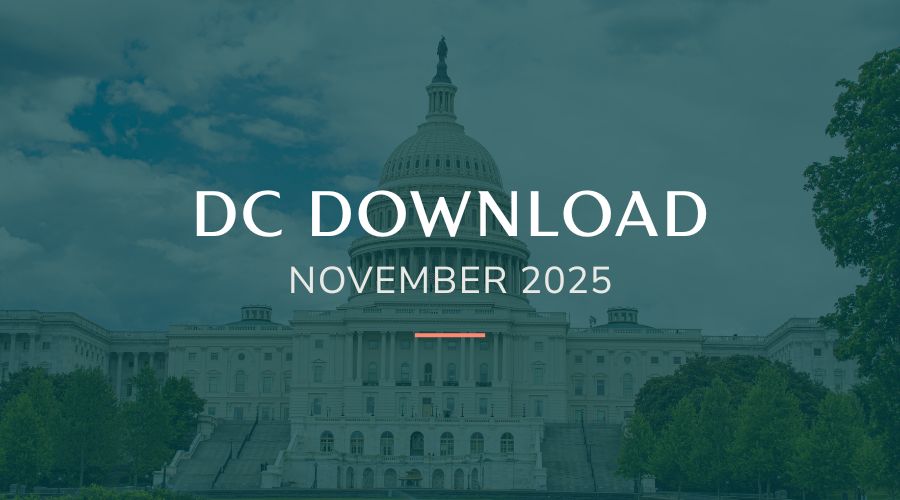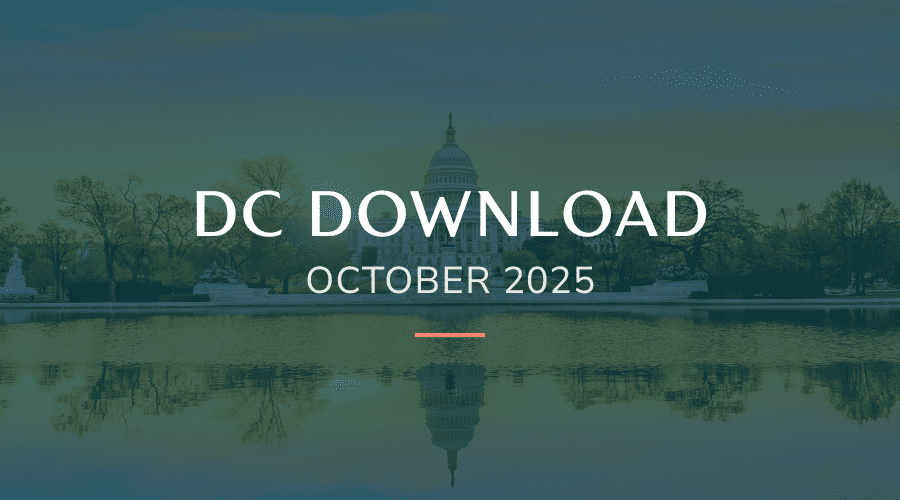In September 2024, Independent Sector (IS) hosted the 13th annual Symposium on Public Policy for Nonprofits alongside the Association for Research on Nonprofit Organizations and Voluntary Action (ARNOVA) and Nonprofit Policy Forum. This year’s event theme was “Nonprofit Civic Infrastructure: A Recipe for a Thriving Nation,” and session topics focused on experience- and research-based policy ideas to strengthen the sector’s civic infrastructure.
The symposium featured presentations and commentary from nonprofit practitioners and researchers exploring current challenges and opportunities in nonprofit civic life. A few themes were common across all of the sessions, including:
- The importance of investing in strategic volunteer engagement
- Lack of data and technology infrastructure in the nonprofit sector, as well as challenges with collecting and sharing data and adopting AI
- Systemic solutions over simple ones
- How co-creation and collaboration will move the sector forward
If you missed the symposium or would like a refresher, see our event takeaways below. You can also view the full symposium recording here.
Focus on investments
One theme of the symposium was that nonprofit leaders should ask for more investments, even if they are small ones. Michelle Raymer from Volunteer Iowa discussed how nonprofit leaders are often hesitant to ask funders for investments in volunteer infrastructure and engagement, even though research has found that most funders are willing to invest in these strategies. However, many funders claimed that few nonprofits ask for such funding.
Similarly, nonprofit leaders said they would love to receive funding for volunteer engagement strategies, but they reported few funders offer these kinds of investments. These contradictory beliefs suggest that better communication is needed between funders and nonprofits on the topic of funding for volunteer engagement. Beth Steinhorn from VQ Volunteer Strategies added to this conversation by telling nonprofit leaders that even small investments can yield significant returns.
Adopt new technology to support the sector
Another theme that flowed through the symposium was that the nonprofit sector struggles to adopt new technologies in a timely manner. Both Katy McKinney-Bock from Tech Matters and Samir Khan of GivingTuesday noted the nonprofit sector does not have the same level of collective data infrastructure that many for-profit industries possess.
Wendy Chen of Texas Tech University explored research that pointed to a similar situation evolving in relation to artificial intelligence. There is currently minimal research on AI policies in the nonprofit sector, and this lack of research could limit the sector’s ability to harness AI in the future.
As to why the nonprofit sector struggles to adopt new technologies, McKinney-Bock and Chen both noted the sensitivity of the data collected by nonprofit organizations and privacy concerns as a major barrier. They also noted that nonprofit organizations often lock up data at the institutional level where no one else can benefit from the information, leaving the sector with a fragmented understanding of the complex social problems it hopes to solve.
Look for systemic solutions
Presenters, discussants, and commenters also agreed that the nonprofit sector needs more systemic solutions. Jesse Lecy from Arizona State University and Urban Institute Center on Nonprofits and Philanthropy, an IS member, explained that, while point solutions are designed to solve a specific problem or complete a single task, systemic solutions integrate multiple tools and functionalities to solve complex problems.
Similarly, Lindsay Torrico from the American Bankers Association noted nonprofits often do one-time activations rather than initiatives that move the needle for the sector. Fortunately, the symposium was full of examples of systemic solutions. And while systemic solutions are disruptive, it is clear the sector is facing complex problems that only systemic solutions can fix.
Embrace co-creation to share power
A final takeaway from the symposium is that co-creation is the solution to many of the nonprofit sector’s infrastructure issues. In her presentation, McKinney-Bock noted nonprofit organizations often operate in silos, hesitating to share resources and collaborate. But nonprofits will need to do so in order to address many of the systemic issues the sector is facing.
In their discussions, both Torrico and Lecy highlighted co-creation as a major theme. However, all of the presentations touched on some aspects of collaboration, shared power, or systemic change. No matter what the issue was, a common denominator in all of the possible solutions was co-creation and collaboration.
Concluding thoughts
Every year, the Symposium on Public Policy for Nonprofits brings together sector stakeholders to initiate important conversations, deepen personal connections, and build bridges. This year, the importance of collaboration and information-sharing was clear across all of the sessions.
As we look to 2025, our hope is that through the bonds created at this event, we will see relevant, evidence-based nonprofit policy created and the sector’s civic infrastructure strengthened.
Aurora King is a graduate research assistant with IS Member Center on Nonprofits, Philanthropy, and Social Enterprise at George Mason University’s Schar School of Policy and Government and an MPA student expected to graduate in May 2025.



